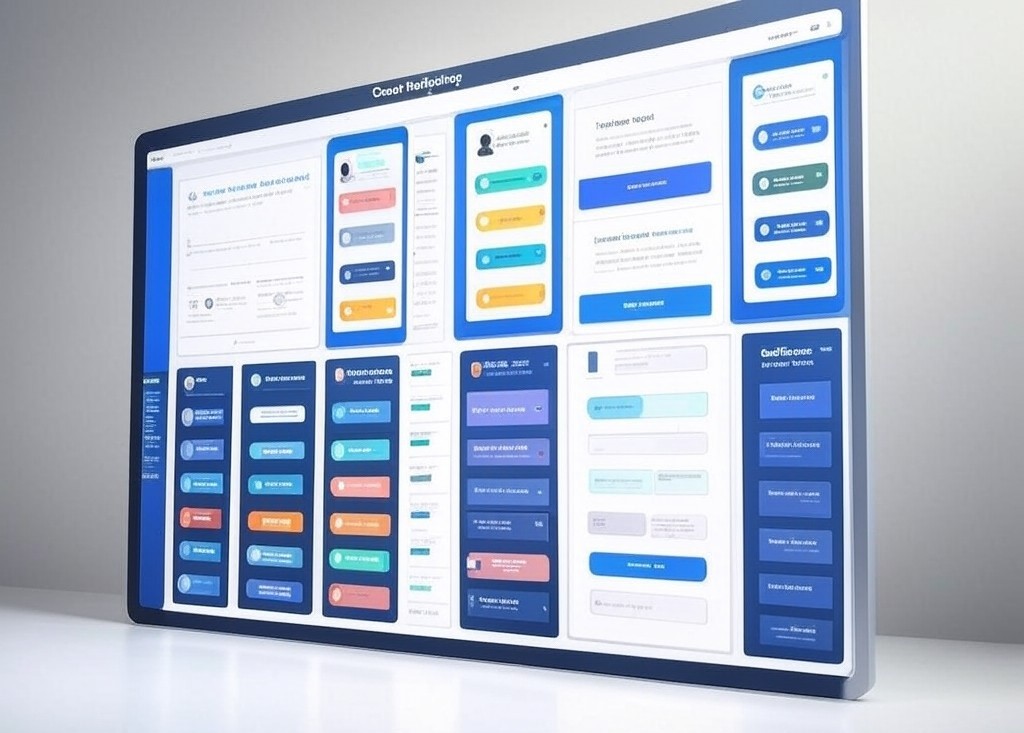
The Ultimate Guide to Decentralized Identity (DID): Revolutionizing Privacy and Security in Web3
Introduction
In the digital age, identity is one of our most valuable assets, yet it’s also one of the most vulnerable. Centralized systems, where our personal data is stored and controlled by third parties, are prone to breaches, misuse, and surveillance. Enter Decentralized Identity (DID), a Web3 solution that puts individuals back in control of their identity and data.
This guide will explore the concept of decentralized identity, its benefits, and how it’s transforming privacy and security in the Web3 ecosystem. Whether you’re a developer, entrepreneur, or simply curious about the future of digital identity, this article will provide you with a comprehensive understanding of DID and its potential.
What is Decentralized Identity (DID)?
Decentralized Identity (DID) is a system that allows individuals to create, own, and control their digital identities without relying on centralized authorities. Built on blockchain technology, DIDs enable users to store their identity information in a secure, tamper-proof manner and share it selectively with third parties.
Key features of DIDs include:
- Self-Sovereignty: Users have full control over their identity data.
- Interoperability: DIDs can be used across different platforms and services.
- Privacy: Users can share only the information necessary for a specific transaction.
- Security: Blockchain ensures that identity data is immutable and tamper-proof.
Why Decentralized Identity Matters
- Data Breaches
Centralized databases are prime targets for hackers. DID eliminates single points of failure, reducing the risk of data breaches. - Privacy Concerns
With DID, users can share only the information required for a specific interaction, minimizing data exposure. - User Control
DID empowers individuals to own and manage their identity, reducing reliance on corporations and governments. - Interoperability
DID enables seamless identity verification across platforms, eliminating the need for multiple usernames and passwords.
How Decentralized Identity Works
- Decentralized Identifiers (DIDs)
A DID is a unique identifier that points to a DID document stored on a blockchain. This document contains public keys, authentication methods, and service endpoints. - Verifiable Credentials (VCs)
VCs are digital attestations issued by trusted entities (e.g., governments, universities) that can be verified cryptographically. For example, a university might issue a VC certifying that you hold a degree. - Blockchain
Blockchain serves as the backbone of DID systems, providing a secure and decentralized way to store and verify identity data. - Identity Wallets
Users store their DIDs and VCs in digital wallets, which can be accessed via mobile apps or browser extensions.
Key Components of a DID System
- DID Method
A DID method defines how a specific blockchain or network implements DIDs. Examples include Ethereum, Sovrin, and IOTA. - Issuers
Entities that issue verifiable credentials, such as governments, educational institutions, or employers. - Holders
Individuals or organizations that own and control their DIDs and VCs. - Verifiers
Entities that request and verify credentials, such as employers, banks, or service providers.
Benefits of Decentralized Identity
- Enhanced Privacy
Users can share only the information necessary for a transaction, reducing data exposure. - Improved Security
Blockchain’s immutability and cryptographic security make DIDs highly resistant to tampering and fraud. - User Empowerment
DID gives individuals control over their identity, reducing reliance on centralized authorities. - Cost Efficiency
By eliminating intermediaries, DID reduces the costs associated with identity verification and management.
Use Cases for Decentralized Identity
- KYC (Know Your Customer)
DID can streamline KYC processes for banks and financial institutions, reducing costs and improving user experience. - Healthcare
Patients can securely store and share their medical records with healthcare providers, ensuring privacy and accuracy. - Education
Students can store and share verifiable credentials, such as diplomas and certifications, with employers or institutions. - Gaming
Gamers can use DIDs to prove ownership of in-game assets and achievements across different platforms. - Government Services
DID can simplify access to government services, such as voting, tax filing, and social benefits.
Challenges in Implementing Decentralized Identity
- Adoption
Widespread adoption of DID requires buy-in from governments, corporations, and individuals. - Interoperability
Different DID systems need to work together seamlessly to achieve their full potential. - Regulation
The regulatory landscape for DID is still evolving, creating uncertainty for developers and users. - User Experience
DID systems must be user-friendly to encourage adoption among non-technical users.
Case Study: Microsoft’s ION
Microsoft’s ION (Identity Overlay Network) is a decentralized identity system built on the Bitcoin blockchain. Key features include:
- Scalability: ION uses a Layer 2 solution to handle high transaction volumes.
- Interoperability: ION is compatible with existing DID standards, ensuring broad applicability.
- Open Source: ION’s code is publicly available, fostering innovation and trust.
How to Get Started with Decentralized Identity
- Learn the Basics
Familiarize yourself with DID concepts, standards, and technologies. - Explore DID Platforms
Experiment with platforms like Sovrin, uPort, and Microsoft ION. - Build a Proof of Concept
Create a simple DID application, such as a verifiable credential issuer or verifier. - Join the Community
Participate in DID-focused forums, hackathons, and conferences to connect with experts and enthusiasts.
The Future of Decentralized Identity
As Web3 continues to evolve, decentralized identity will play a crucial role in creating a more secure, private, and user-centric internet. By empowering individuals to control their digital identities, DID has the potential to transform industries, protect privacy, and foster trust in the digital world.
Conclusion
Decentralized Identity is more than just a technological innovation—it’s a movement toward a more equitable and secure digital future. By understanding its principles and potential, you can be part of this transformative shift.
At Web3Dev, we’re committed to helping you navigate the world of Web3 and decentralized technologies. Whether you’re a developer, entrepreneur, or enthusiast, our resources and guides are here to support your journey.
Need Help Taking Your Business to the Next Level?
📧 Contact Us | 📅 Book a Meeting
Stay Connected & Get Updates:
🐦 Follow us on X (Twitter)
💬 Join our growing community on Telegram
Let’s build the future together! 🚀




No Comments